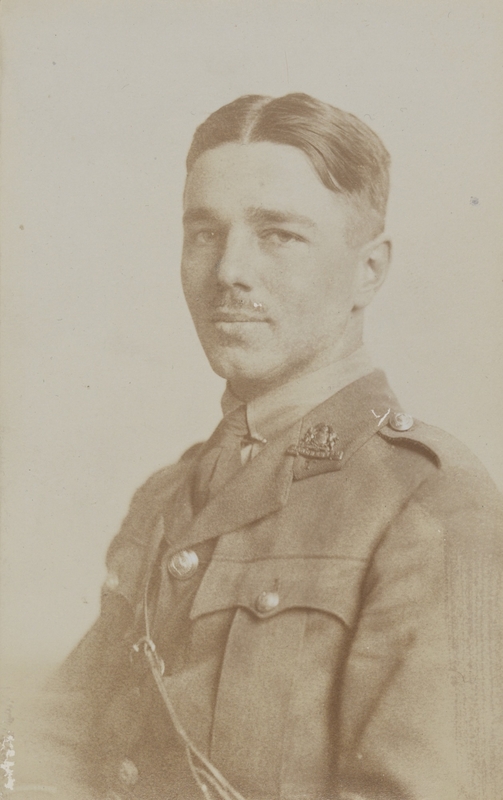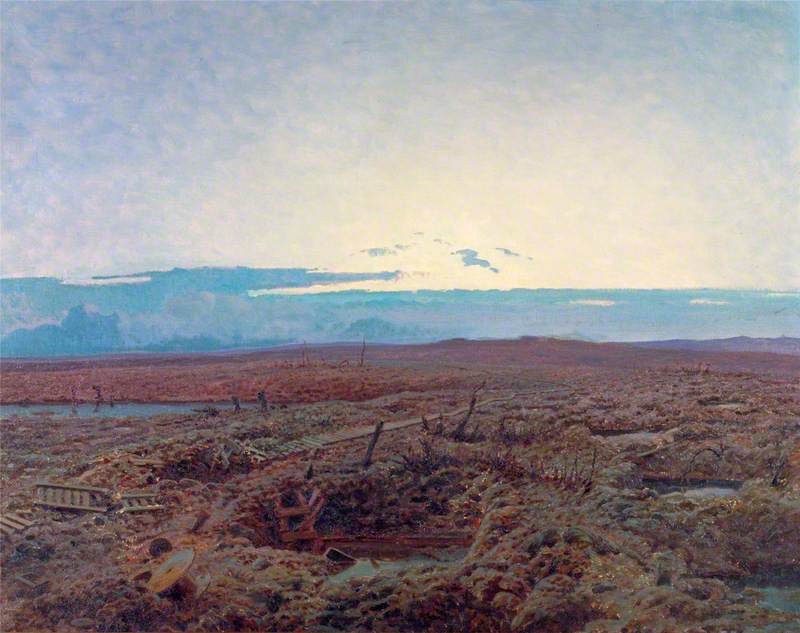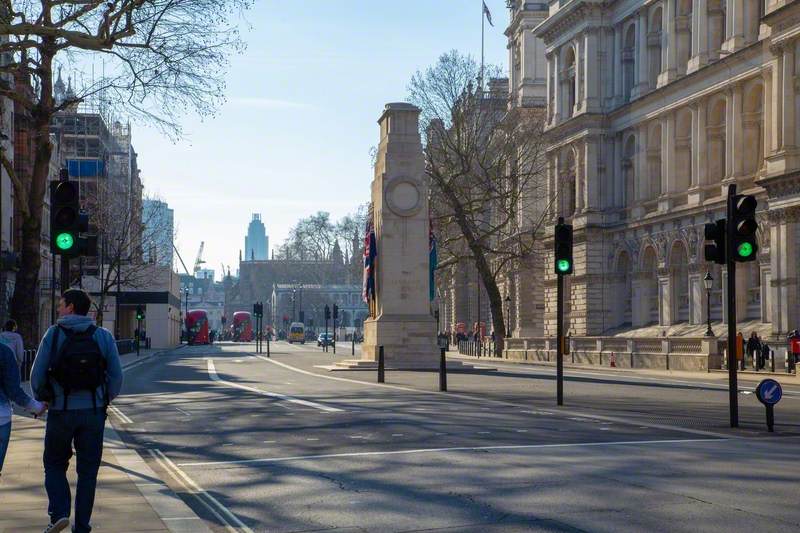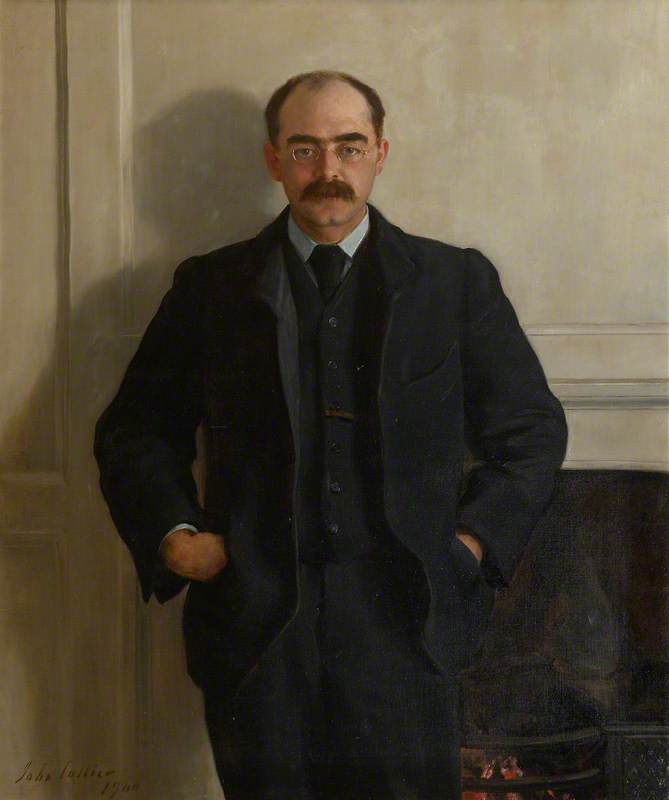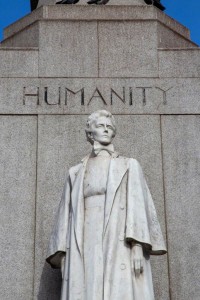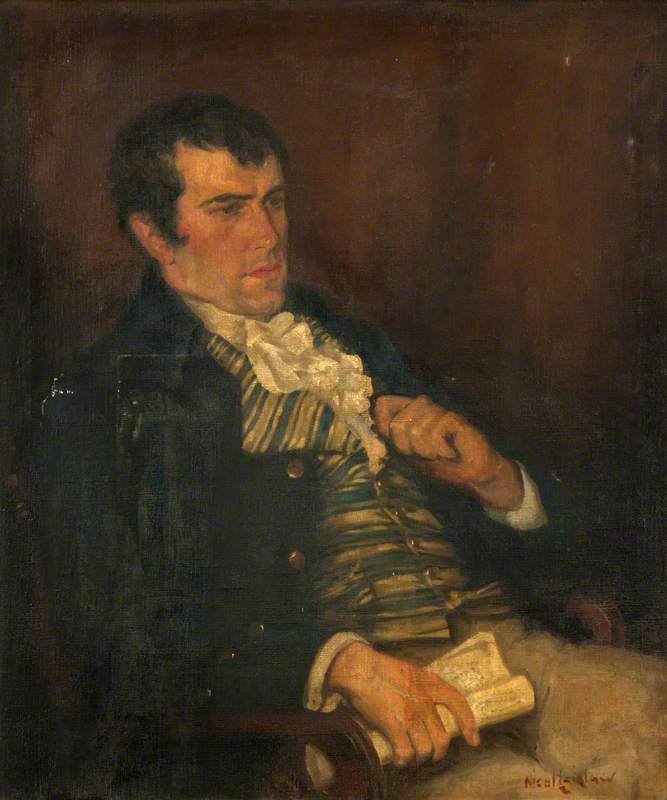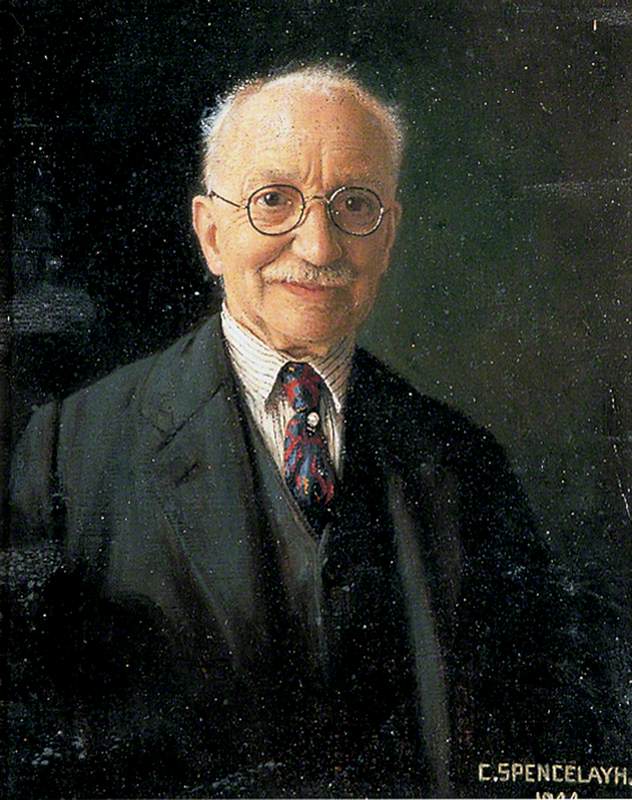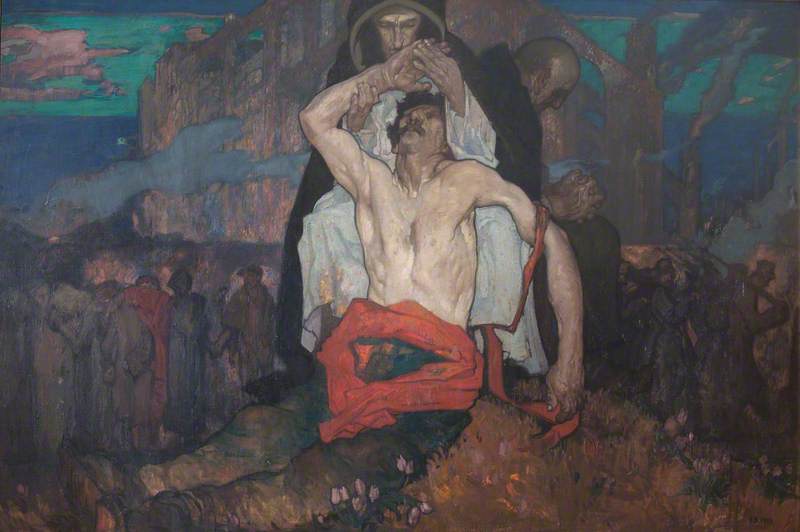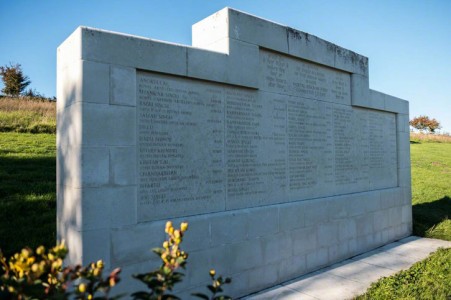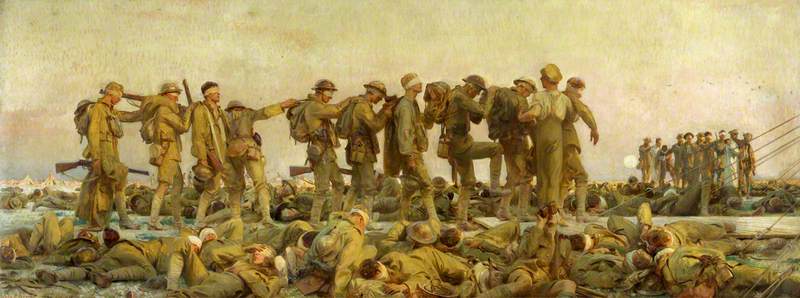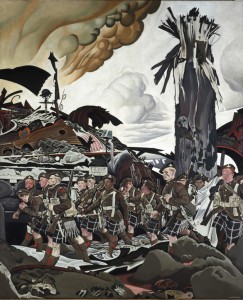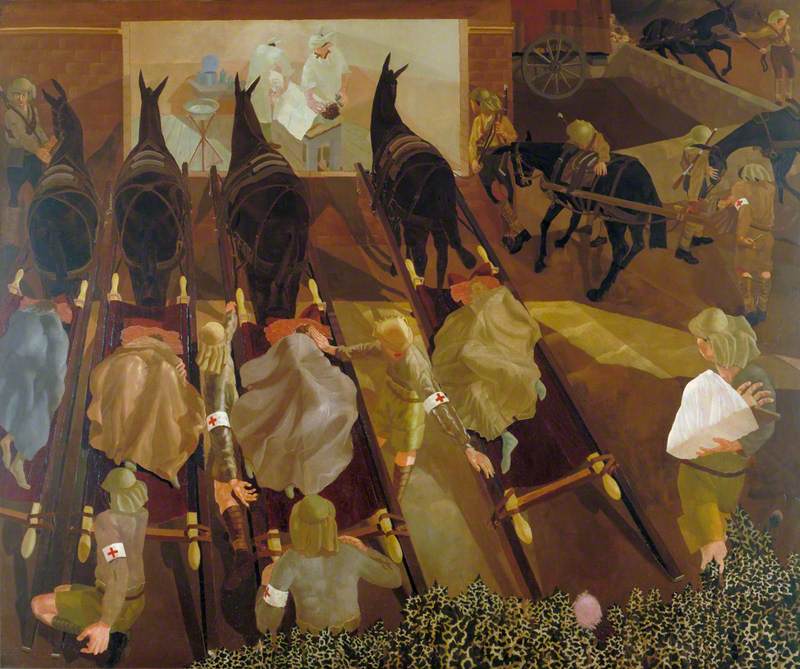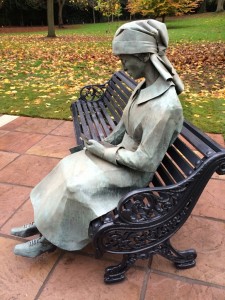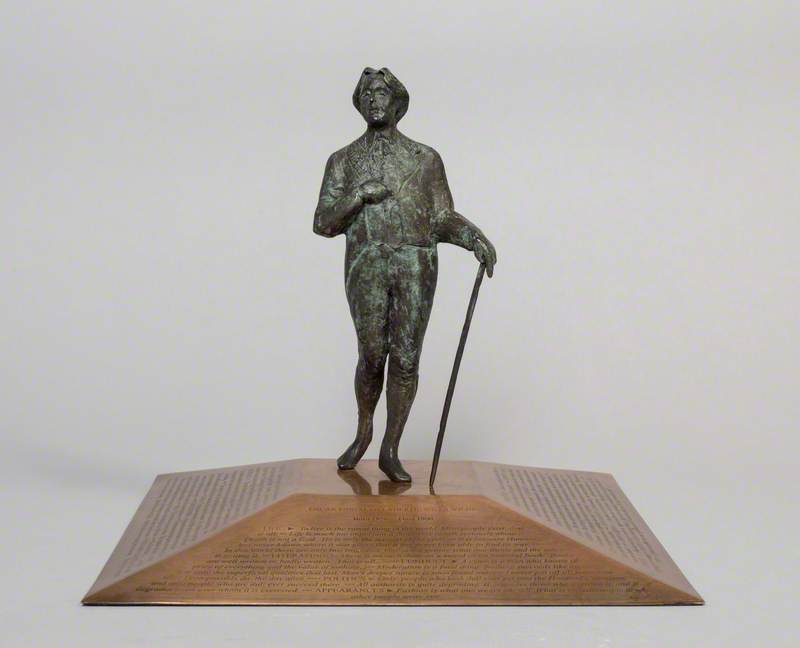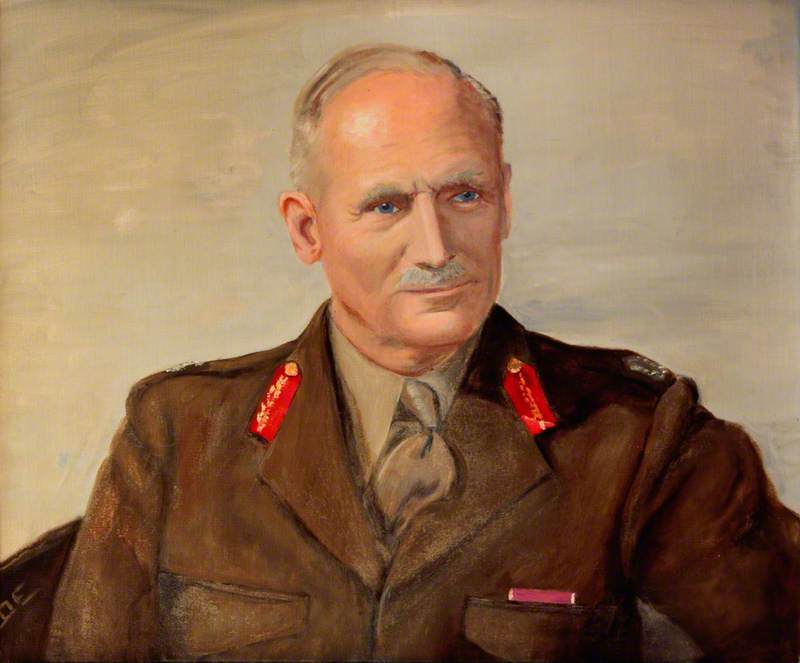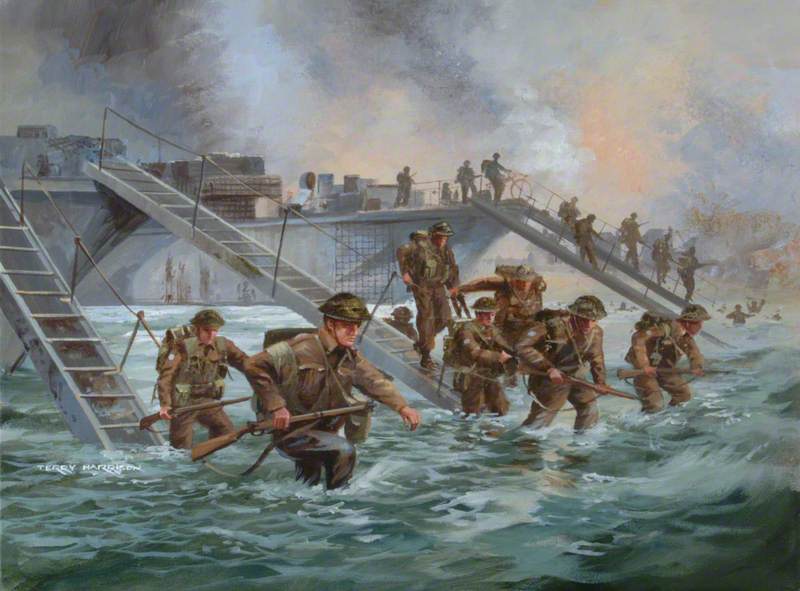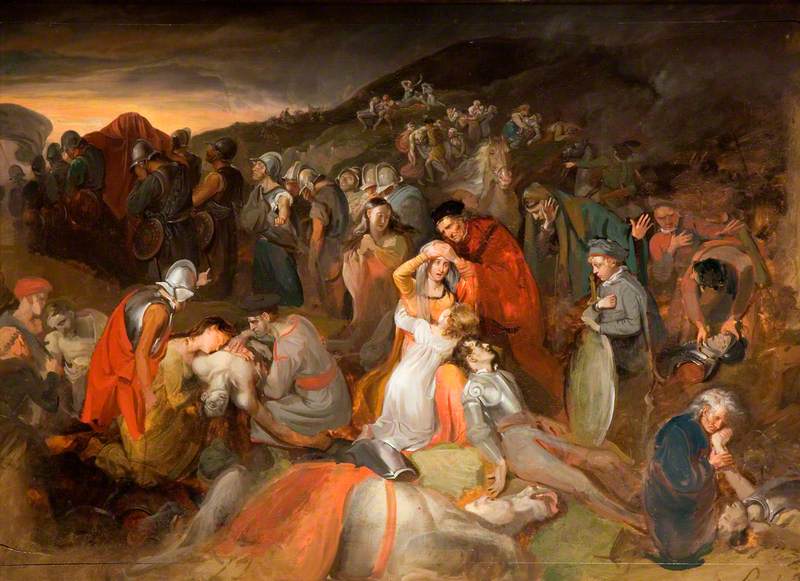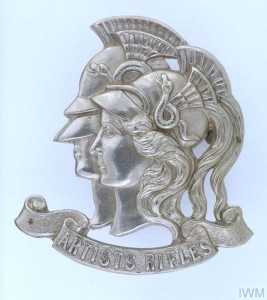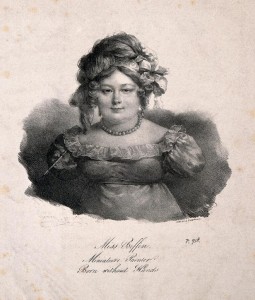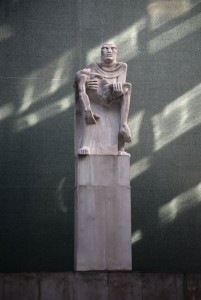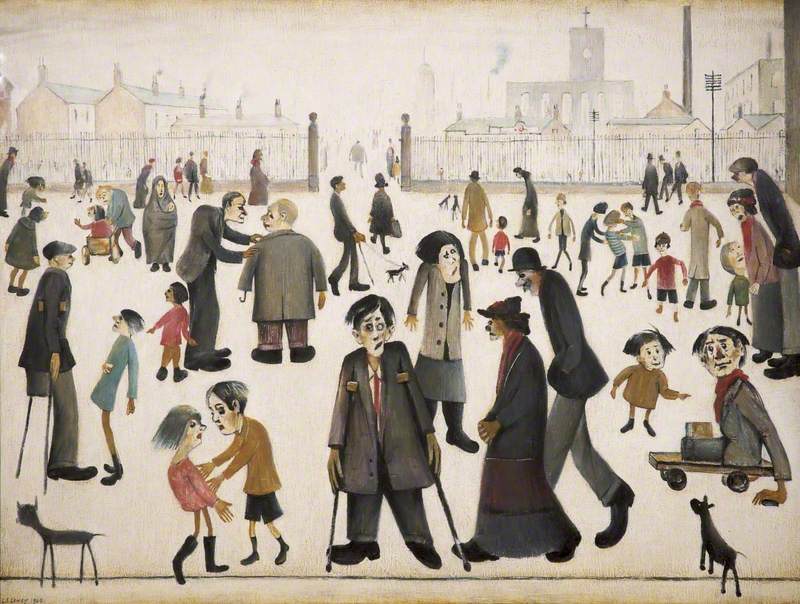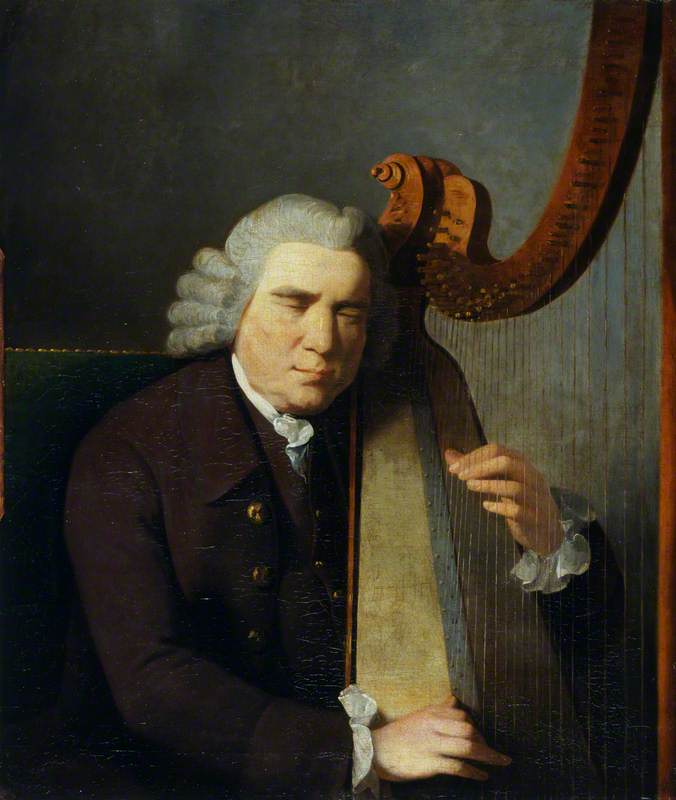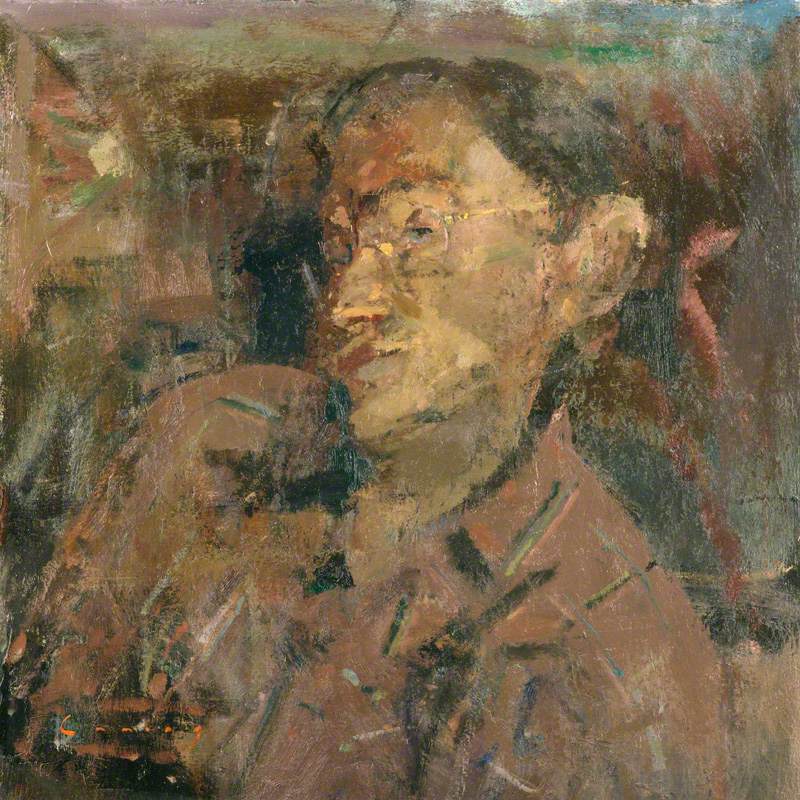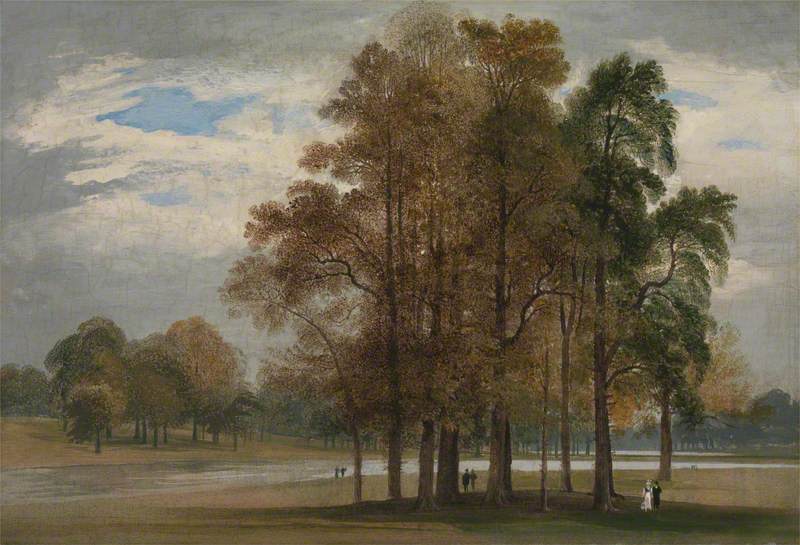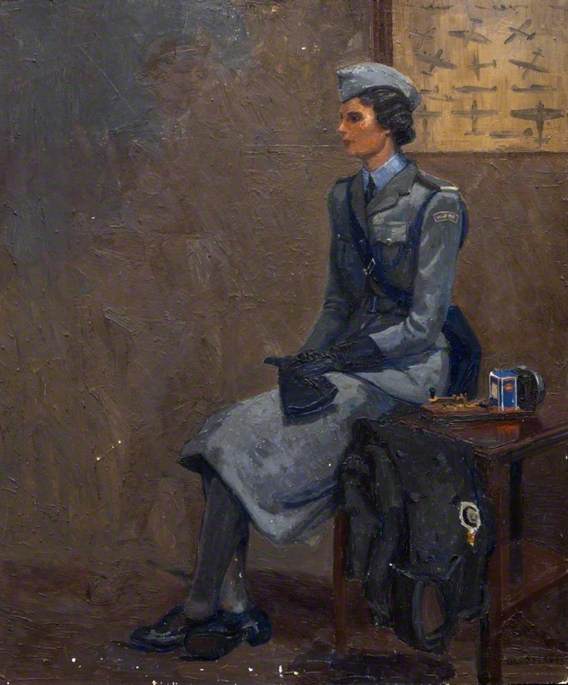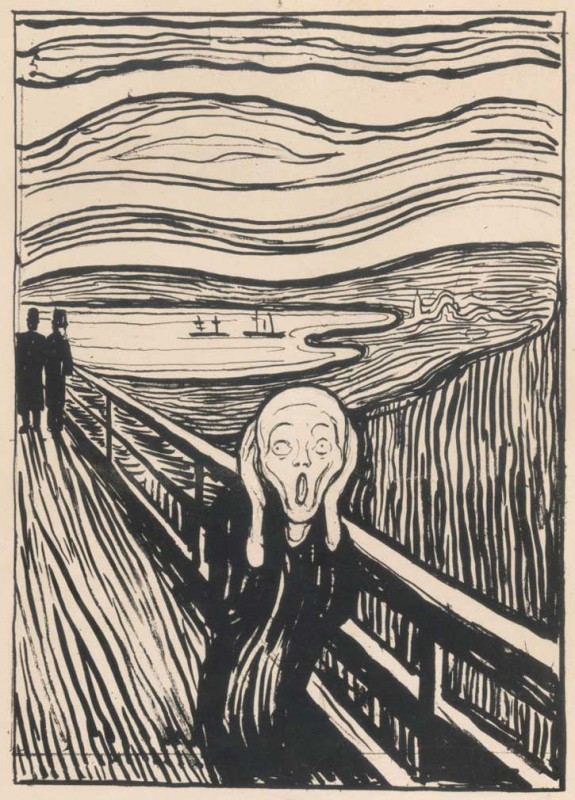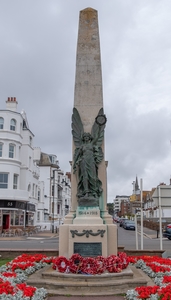Have you seen the goddess standing on Hyde Park Corner? Nobody seems especially impressed by her these days, least of all myself.
Nike, the Greek goddess of Victory, has a decent view of Central London from the top of the Wellington Arch. Descending on the chariot of war, holding a laurel wreath (the classical symbol of victory and honour) this is a war memorial that leaves me feeling hollow.
Wellington Arch and Quadriga
1825–1912
Adrian Jones (1845–1938) and A. B. Burton (active 1874–1939) and Decimus Burton (1800–1881) 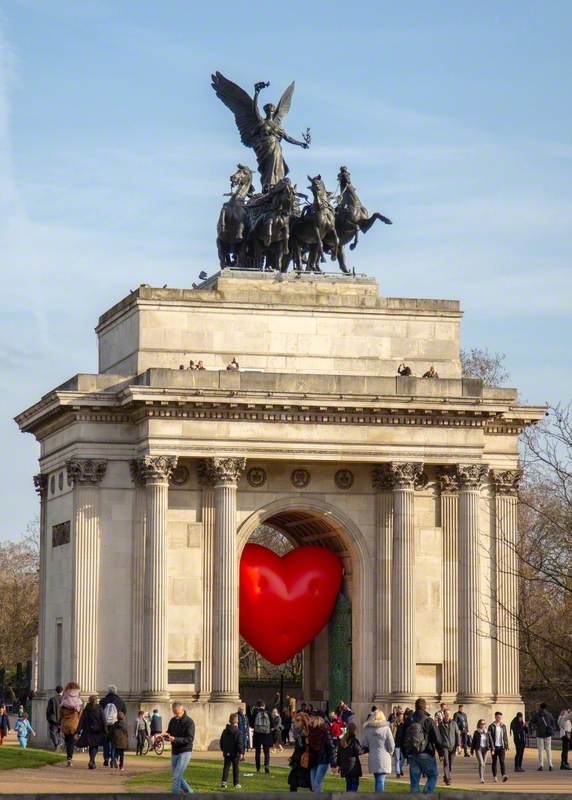
Vainglorious, histrionic and celebrating the Duke of Wellington, a man who, despite his victory at Waterloo, went on to become one of the most despised Prime Ministers of all time, the Quadriga – the four-horse chariot – makes me feel, as a disabled person, relieved that I can never fight in a war.
This sensation I feel, however, is highly unusual. There are few other war memorials in this country that provoke such disdain within me. Because memorials to warfare are something that Britain is exceptionally good at.
Arthur Wellesley (1769–1852), 1st Duke of Wellington
c.1815–1816
Thomas Lawrence (1769–1830) 
As someone who knows I could never fight for his country due to my severe visual impairment, I've long been struck by a curious sense of guilt and a turbulent form of FOMO (fear of missing out) when I gaze upon these solemn testaments to lives lost in foreign fields.
Of course, I've been moved by Wilfred Owen, pained by Erich Maria Remarque and humbled by Siegfried Sassoon and Robert Graves in their unsparing portraits of the blood, trauma and fatigue of war put to the page. But yet, due to my lifelong disability, concomitant feelings of self-reproach are always there too; gunning at my conscience with the staccato trigger of a Colt-Browning firing over the trenches of Ypres.
The stories of the white feather trouble me most. During the Great War, men of fighting age who attempted to get served in pubs were often assumed to be faking an injury or having used contacts in higher places to swerve the conscription that every man aged between 18 and 40 was liable to, unless they were an ordained minister or widowed with children.
This suspicion on behalf of bartenders would mean that floating on the top of the proffered pint of ale would be a single white feather. It was a wordless, devastating insult, and a deeply English passive-aggressive denouncement of any man who was able to sit out the war with a pewter tankard rather than the mud of Passchendaele in his hands.
The practice started when Admiral Charles Penrose Fitzgerald founded the 'Order of the White Feather' in August 1914, in an attempt to encourage women to shame young men who had not joined the army.
Women of Britain say – "GO!"
1915, military recruitment poster by E. Kealey 
When I look at memorials to the Great War, I often wondered what I would have done if the feather had been placed in my pint.
Would I protest? Would I wave around a letter from my doctor stating that I'm almost blind and therefore not able to fight? Or would I, more likely, simply trudge away to the far corner of the pub, gently remove the feather and try to ignore the contemptuous eyes of the landlord burrowing into the back of my head?
Royal Artillery Memorial
1921–1925, Portland stone & bronze by Lionel Pearson (1879–1953) and Charles Sargeant Jagger (1885–1934), Hyde Park Corner, Westminster, Central London 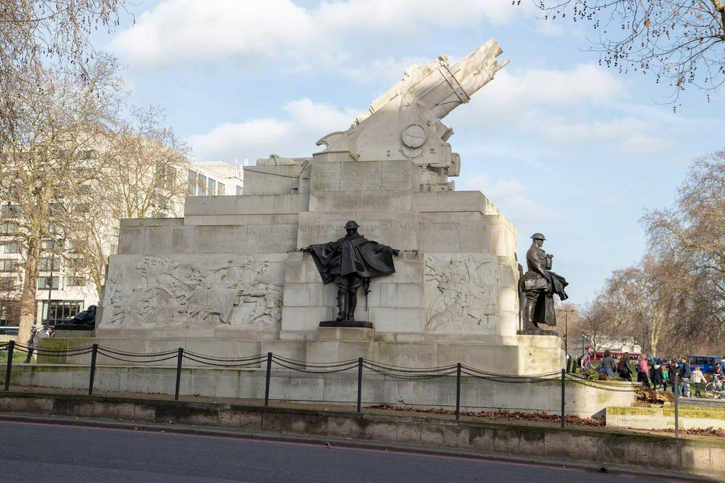
I feel this pungent knotting of the stomach most acutely when I gaze at the Royal Artillery Memorial, also in Hyde Park. Depicting a life-size Howitzer on a plinth, there's a vicious beauty to it. The soldiers on the edges of the plinth aren't Adonis-esque patriots. They're ordinary men, laden down with gas masks, whips, great coats and binoculars.
What affects me the most is the dead man on the north side of the memorial, his body covered with a greatcoat. If I'd been forced to serve, there is no doubt that this figure would be me. It gives me a constriction of the throat every time I look at it.
It is absolutely right that both the dead body and the Howitzer lie so close together – a life-size reminder that war is often not a gallant adventure, but the deployment of innocent men, by the millions, into what the inscription on the memorial describes, quoting Shakespeare, as 'the Royal Fellowship of Death'.
The irony of disability is the oft-quipped compliment, made invariably by the able-bodied, that it is a 'brave' or 'courageous' thing. But I have never felt that living with my own disability is heroic in any way.
Honour is bestowed with the greatest fanfare on those who expose themselves to danger in the name of a greater ideology or cause by choice. I didn't choose to wear the armour of disability. It was something I was born with. And, as for the idea of disability being a personal 'war' that lasts a lifetime, then I can think of scarcely a worse metaphor, not one more tainted with narcissism.
Knowing that I am someone other people might go into battle for is extremely uncomfortable. When pressed about their motivation, British soldiers often uncomfortably use the words 'protect' and 'service'. What are they protecting? Perhaps something Elysian about a 'forever England' of hot tea in chipped mugs, faded flags, faithful dogs and vicars on bicycles encircling the cricket pitch?
The truth is that, whether they want to or not, they're protecting me: someone who can't contribute to a battle, but can only enjoy the potential spoils (freedom, democracy, unrationed food) of victory.
The only direct experience of war that is open to me is that of grief; of losing someone I love. It's what propels me to the masterpiece of Edwin Lutyens (1869–1944).
The Cenotaph's power lies in its understatement of the pedestal plinth and basilicas. It's a mountain (made of Portland stone) of quiet in the cacophony of Central London. The inscription reads 'THE GLORIOUS DEAD', the words of Kipling, whose son was killed at the Battle of Loos.
There's a simplicity to the Cenotaph which is uniquely moving. It's a display of grief and pride with no ostentatious decoration to disturb that evocation of memory. There's an eloquence to it which, at the same time, is almost wordless – a long pause for breath amid the capital's bellicosity.
That flippant compliment of 'bravery' echoes back at me again; an epithet applied to both soldiers and people with disabilities. It's often used alongside phrases like 'never forgotten'.
Cenotaph
1919–1920, Portland stone & flags by Holland, Hannen & Cubitts, Edwin Landseer Lutyens (1869–1944) and Francis Derwent Wood (1871–1926) 
Yet we do forget, in time. History ruthlessly disposes of direct experience. The flowers on Great War memorials are no longer laid by the widows of those who died. In time, not long from now, the same will apply to Second World War memorials too.
So I return to these memorials and think about what my disability has given me, and what it's taken away. I've been spared ever having to experience warfare first hand in my life. Yet I'm reminded of war, not just on Hyde Park Corner, but in every British village; with a memorial, a cross and a list of now-unfashionable sounding initials and surnames from long-vanished regiments – I. V. Sanderson, W. Mortimer, H. T. P. Maplethorpe...
The British war memorial is a quiet coalition of a familiar beauty and a vast sorrow. It perfectly reflects how we, as a nation, react to war, death and grief.
Perhaps it is that English reserve, that reticence of soldiers, old and young, to indulge in tales of valour that keeps my own frustrations and guilt about my disability from overflowing into anger. Instead, these memorials show us something else; the silence of mourning, exhaustion and relief.
I'm grateful for it.
Rob Crossan, journalist
